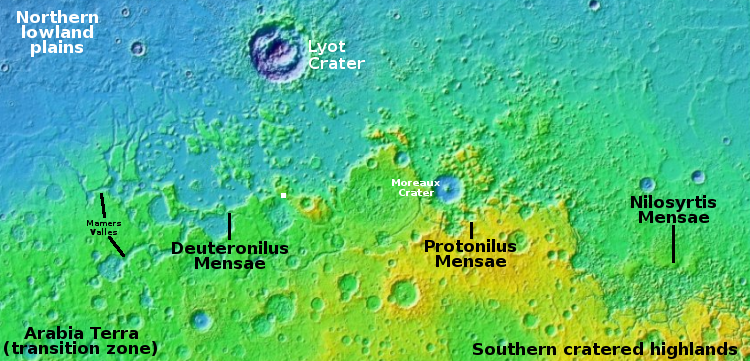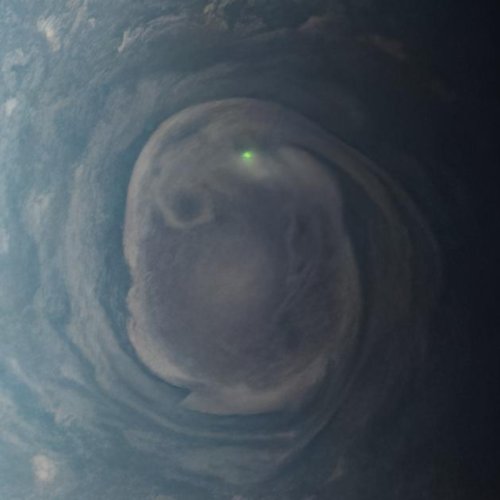NASA official in charge of its manned program denigrates the idea of fixed-price contracts

Jim Free, apparently hostile to commercial space despite
running the NASA manned program dependent on it
Eric Berger on June 16, 2023 wrote up a careful analysis of comments made by NASA official Jim Free, who is in charge of its Artemis manned program, when he appeared on June 7, 2023 before the Aeronautics and Space Engineering Board and Space Studies Board in Washington, DC.
During that appearance, in which Free provided an update on the program’s status, including admitting that the manned lunar landing will not happen in 2025 but in 2026 — something that everyone in the space industry has known for years but NASA had been denying — Berger then noted this further comment by Free:
Oddly, Free also questioned the value of the contract mechanism that NASA used to hire SpaceX and its Starship lander. “The fact is, if they’re not flying on the time they’ve said, it does us no good to have a firm, fixed-price contract other than we’re not paying more,” he said.
Free did this after trying to place the entire blame for the launch delay on SpaceX, made worse by the regulatory delays being imposed on it by the FAA.
Berger than proceeded to outline in great detail why fixed-price contracts work far better than cost-plus contracts — also known widely in the space industry and detailed myself in Capitalism in Space. To sum up, cost-plus contracts produce very little but cost gobs of money, while fixed-price contracts save money while guaranteeing results. He then asked, “What’s going on here?” and answered it as follows:
» Read more










